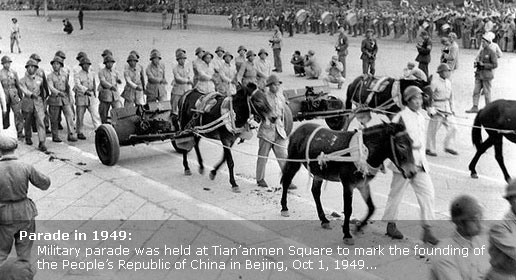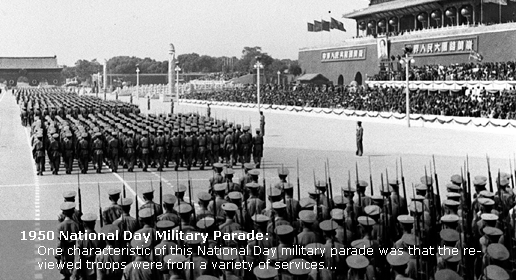60 People, 60 Stories
Changing lives
By Hu Yinan (China Daily)
Updated: 2009-09-30 08:21
As a servant to a senior lama in Tibet's influential Drepung Monastery, Yeshe Lodro grew up believing his life would be short.
"My mother told me that, as serfs, all we owned were our shadows and footprints. Everything else belonged to the lords," Yeshe says.
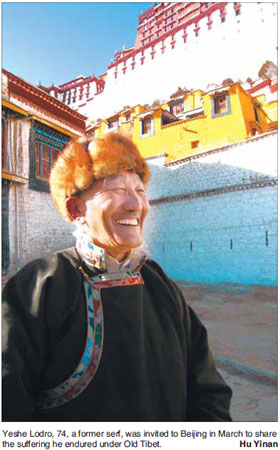
"We had to wait for a better fate in our next life."
Yeshe is now 74, the same age as the Dalai Lama, Old Tibet's supreme leader.
The former serf was sent to the monastery at age 2. Being a monk then was considered a privilege; ordinary followers had to pay heavy taxes to visit monasteries. Officials, aristocrats and powerful lamas ran society, where serfdom remained until 1959.
People were divided into three classes and nine ranks; Yeshe belonged to the seventh in the lower class. There was no way he could "work up" the ladder.
He was but one of more than 10,000 monks at the Drepung, which controlled 185 manors, 300 major pastures, 16,000 herdsmen and 25,000 serfs.
"My biggest hope as a child was not to be beaten and scolded. But it was futile," he says.
"I could deal with the scolding, but I could only take so many beatings."
In 1954, when he finally learned of the 17-Article Agreement between the Central People's Government and the Local Government of Tibet that had been signed three years before and led to the region's peaceful liberation, he chose to escape.
The central government promised local authorities that no political reform would take place anytime soon. Still, the feudal lords were afraid and kept the news from local people, who were mostly illiterate and had no access to radio.
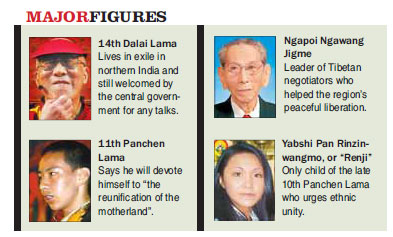
"I fled the monastery and became a servant of an aristocrat," Yeshe says.
"Even slave labor for a lord felt better than working in Drepung."
Three years later, he joined the revolution and was assigned to study the Tibetan language for the first time in the People's Liberation Army's Tibetan Cadre School.
Soon after March 1959, when the central government foiled an attempted armed rebellion by aristocrats and serfowners, Yeshe became a member of the first batch of 25 traffic police officers in Lhasa, capital of the Tibet autonomous region.
Tibet became the last place to have abolished serfdom, when Premier Zhou Enlai issued a decree of the State Council on Mach 28 of that year, dissolving the region's aristocratic government and ordering the Preparatory Committee for the Founding of the Tibet Autonomous Region to exercise local power.
Serfs, who composed about 95 percent of Tibet's 1.14 million population and possessed no more than 5 percent of the social resources in Tibet, were freed once and for all.
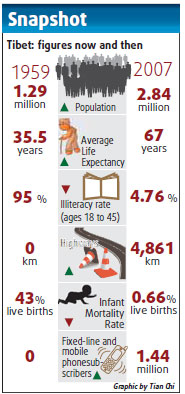
Yeshe has been a People's Congress deputy for Lhasa's Chengguan district for five years. He has moved to a beautifully decorated home and proudly wears his cell phone on his ethnic shirt.
This March, he was invited to Beijing for the first time to share recollections of his earlier years at a high-end seminar, which commemorated the 50th anniversary of the Democratic Reform that ended Tibetan serfdom.
Yeshe made his speech at the seminar just meters away from the 11th Panchen Lama, who listened calmly and later said Tibet has witnessed a "historic leap" in the past half century.
Despite huge losses after last March's Lhasa riot, one that led to the deaths of 18 civilians, Tibet's GDP in 2008 was still estimated at 39.2 billion yuan ($5.7 billion), 65 times more than that in 1959, says Qiangba Puncog, chairman of the regional government.
Its per capita GDP amounted to more than 14,000 yuan ($2,048) in 2008 - 27 times more than 50 years ago.
Time line
Oct 1949
The 10th Panchen Lama writes to Chairman Mao Zedong and PLA chief Zhu De requesting Tibet's liberation.
Feb 1950
The PLA's 18th Corps in southern Sichuan province is mobilized to Tibet.
Oct 1950
The PLA enters Qamdo in eastern Tibet.
Nov 1950
The 14th Dalai Lama, 16, assumes full political power.
May 23, 1951
The 17-Article Agreement keeps Tibet's sociopolitical structure and frees it from international control.
September 1954
The Dalai Lama and the Panchen Lama arrive in Beijing to attend the First National People's Congress.
March 10, 1959
Aristocrats and serfowners staged an armed rebellion against the central government.
March 17, 1959
The Dalai Lama flees to India.
March 28, 1959
Tibet's aristocratic government is dissolved and steps for the founding of the Tibet autonomous region (TAR) are made. Serfdom is abolished.
1960
The Tibetan "government-in-exile", set up a year earlier, moves to India's Dharamshala.
Sept 1965
The TAR is established.
1966
Tibetan Red Guards shut monasteries.
1979
Tibet opens to foreign tourists.
2006
The world's highest railway opens, connecting Golmud of Qinghai with Tibet's capital Lhasa.
March 14, 2008
A bloody riot breaks out in Lhasa, leading to the deaths of 18 civilians and huge losses.
Jan 2009
March 28 voted Serfs' Emancipation Day.





